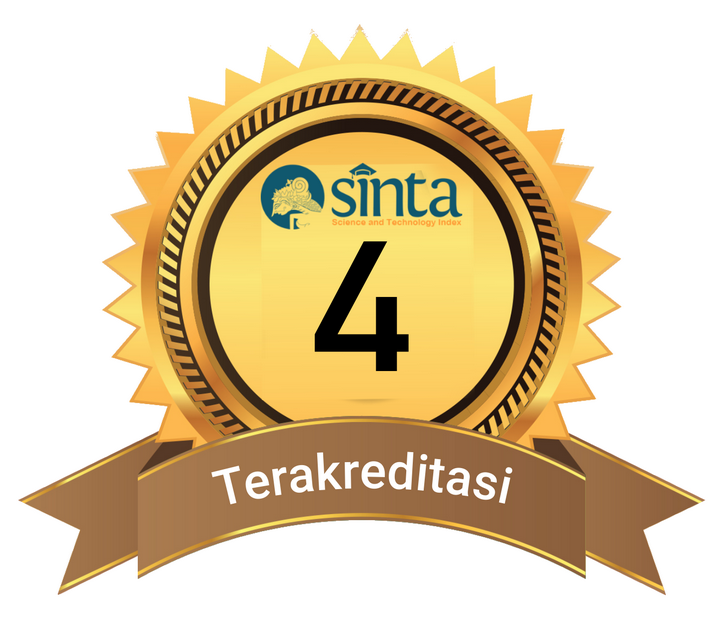Islamic Ecosystem To Enhance Fisheries Sector: The Role Of Pesantren And Kampus Merdeka Program In Tasikmalaya
DOI:
https://doi.org/10.69768/ji.v2i1.16Keywords:
Business model, fisheries sector, Islamic ecosystem, kampus merdeka program, pesantrenAbstract
Being a maritime country and the second largest fish producer in the world, Indonesia has enormous potential in the fishing industry. However, there are various problems, especially for residents of coastal areas or fish farmers. One of them is the mechanism of funding and income that is not ideal for meeting the needs of fishermen, including in the area around Tasikmalaya. Tasikmalaya, as an area whose Islamic culture colors life has the potential for human resources. The communities in Tasikmalaya have adequate religious understanding. This study aims to develop an ecosystem model for community empowerment based on Islamic principles. “Pesantren” and “Kampus Merdeka” programs obtain to support and empower fishing communities or fish cultivating communities. This conceptual research uses a qualitative descriptive method with content analysis from various literature and interview. This research provides an innovative ecosystem model that supports coastal communities or fish farming communities in understanding fishing business processes, sharia-compliant business procedures, and improving financial literacy. To meet the goals of fishermen's welfare, collaboration from various stakeholders is needed. Islamic financial instruments can be optimized for the fisheries sector.
Downloads
Downloads
Published
Versions
- 2023-04-30 (2)
- 2023-04-21 (1)
How to Cite
Issue
Section
License
Copyright (c) 2023 IQTISHOD: Jurnal Pemikiran dan Hukum Ekonomi Syariah

This work is licensed under a Creative Commons Attribution-NonCommercial-NoDerivatives 4.0 International License.




